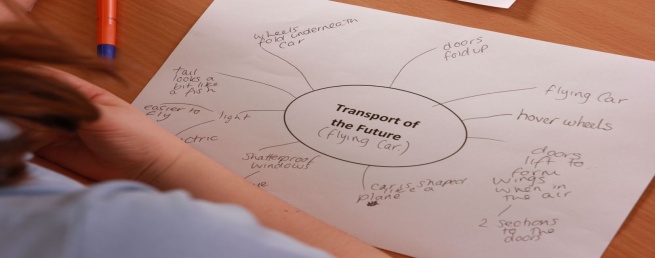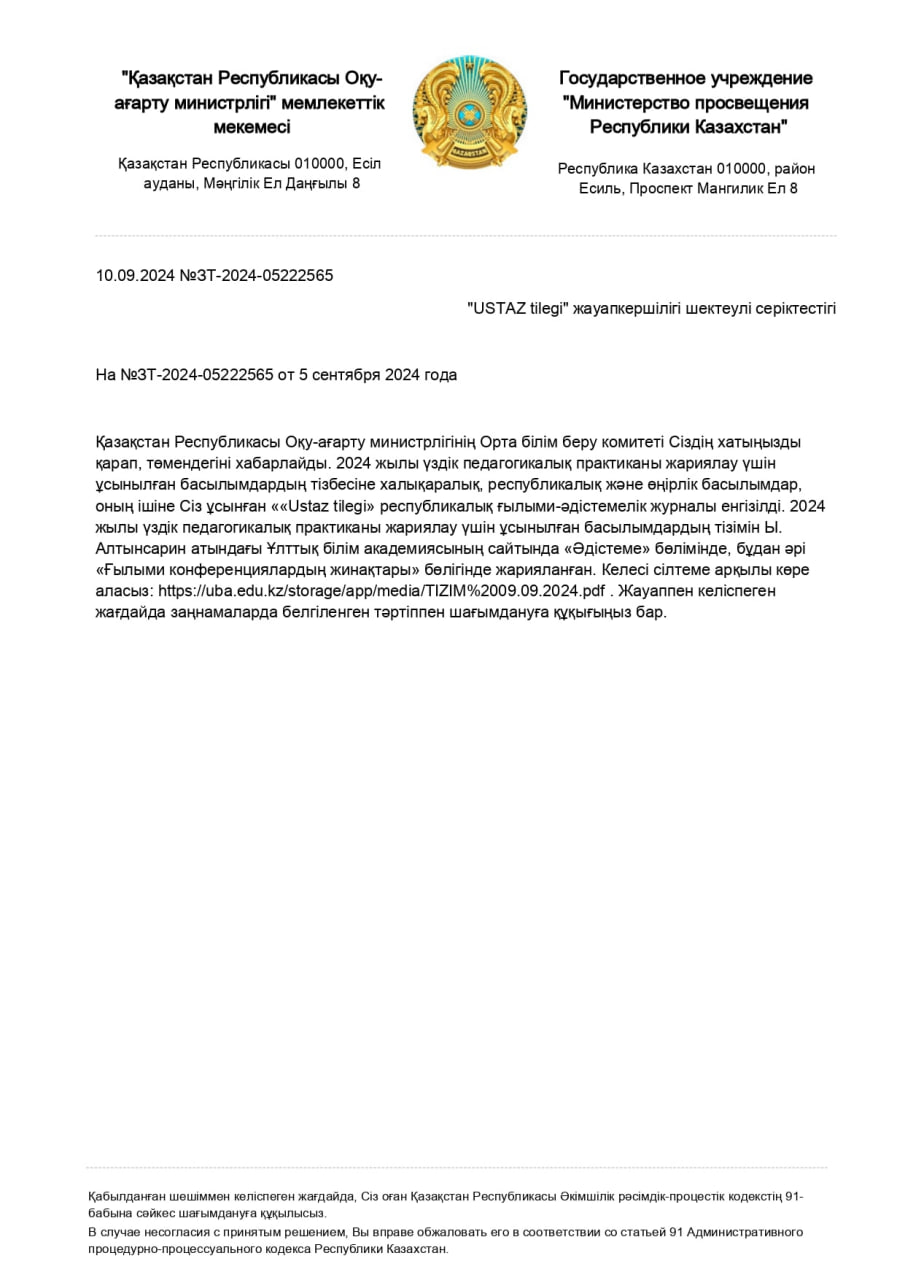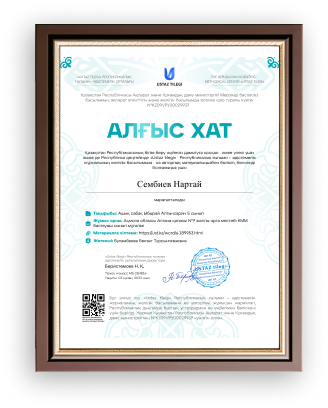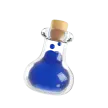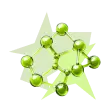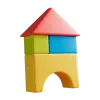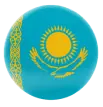
|
Unit 7. Travel and Transport |
School: Secondary school named after P.G.Karelin |
|||||||||||||||||||||||||||||||||||||||||||||||||||||||||||||||||||||||||||||||||||||||||||||||||||||||||||||||||||
|
Date: |
Teacher name: Dossumbaeva Altynay Kumarkyzy |
|||||||||||||||||||||||||||||||||||||||||||||||||||||||||||||||||||||||||||||||||||||||||||||||||||||||||||||||||||
|
Class: 8 |
Number present: |
Absent: |
||||||||||||||||||||||||||||||||||||||||||||||||||||||||||||||||||||||||||||||||||||||||||||||||||||||||||||||||||
|
Theme of the lesson: |
The future of transport |
|||||||||||||||||||||||||||||||||||||||||||||||||||||||||||||||||||||||||||||||||||||||||||||||||||||||||||||||||||
|
Learning objectives |
8.R2 understand specific information and detail in texts on a growing range of familiar general and curricular topics, including some extended texts. 8.S7 use appropriate subject specific vocabulary and syntax to talk about a limited range of general topics. |
|||||||||||||||||||||||||||||||||||||||||||||||||||||||||||||||||||||||||||||||||||||||||||||||||||||||||||||||||||
|
Lesson objectives |
All learners will be able to explain and describe the pictures and compare types of transports by using a travel list. Most students will be able to compare the advantages and disadvantages of transport. Some students will be able to talk and discuss to each other and share their opinions. |
|||||||||||||||||||||||||||||||||||||||||||||||||||||||||||||||||||||||||||||||||||||||||||||||||||||||||||||||||||
|
Assessment criteria |
Identify the main idea of the text in details on an increasing level of familiar topics. Apply the suitable lexis and syntax to talk about a limited range of common topics. |
|||||||||||||||||||||||||||||||||||||||||||||||||||||||||||||||||||||||||||||||||||||||||||||||||||||||||||||||||||
|
Level of thinking |
Understand, Comprehension, Application, Evaluation. |
|||||||||||||||||||||||||||||||||||||||||||||||||||||||||||||||||||||||||||||||||||||||||||||||||||||||||||||||||||
|
Value links |
Responsibility, respect. |
|||||||||||||||||||||||||||||||||||||||||||||||||||||||||||||||||||||||||||||||||||||||||||||||||||||||||||||||||||
|
Cross curricular links |
Geography, Art. |
|||||||||||||||||||||||||||||||||||||||||||||||||||||||||||||||||||||||||||||||||||||||||||||||||||||||||||||||||||
|
Previous learning |
Travelling, vocabulary on the theme Transport |
|||||||||||||||||||||||||||||||||||||||||||||||||||||||||||||||||||||||||||||||||||||||||||||||||||||||||||||||||||
|
PLAN |
||||||||||||||||||||||||||||||||||||||||||||||||||||||||||||||||||||||||||||||||||||||||||||||||||||||||||||||||||||
|
Planned timings |
Planned activities |
Resources |
||||||||||||||||||||||||||||||||||||||||||||||||||||||||||||||||||||||||||||||||||||||||||||||||||||||||||||||||||
|
Beginning 2 min 3 min 2 min 3 min Middle 5 min 6 min 4 min End 10 min 2 min |
Greetings Teacher greets the learners. (W) Warm up Before start lesson teacher demonstrates warm-up for learners. Students will repeat the actions and the words after the teacher. It’s time, to think It’s time, to speak It’s time, to show Ready, steady, go! Then should try it again bit faster, after that they can do it as faster as they can. Teacher tells the lesson objectives. Teacher shows the picture according to the theme.
(I, P, W) S Students thinks, discuses with pair and shares with their ideas. Students give their opinions. Teacher accepts students answer. (W) Activate Prior Knowledge by strategy “Elicitation" Teacher asks next questions: 1) Do you like to travel? 2) Do you like travelling alone or with your friends? 3)What kind of transports do you prefer to travel? 4)Do you like traveling by car or by plane? 5)Do you have a problem when you travel? Task 1. (P) Compare the advantages / disadvantages of transport by using Graphic organizer T-chart
Type of assessment: Peer assessment Students give comments or agree/disagree with their answer. (W) Pre-reading task Learners are suggested to watch a short video. Teacher elicits the information by asking question: -What this video is about?
(Surprising, interesting, troubling) -And, what text we are going to read? After they will discuss and will predict new theme. (G) While reading task. Read the text about “Future transport” Tuk-tuks
A RIVER TAXIS
T
A Beautiful flying car. Transforms in seconds from an automobile to an airplane. Aeromobil is flying car that perfectly makes use of existing infrastructure created for automobiles and planes, and opens doors to real door-to- door travel. As a car it fits into any standard paring space, uses regular gasoline, and can be used in road traffic just like any other car. As a plane it can use any airport in the world, but can also take off and land using any grass strip or paved surface just a few hundred meters long. Vectus V Post reading task (G,W)
(G) “Socratic seminar” strategy Students discuss and share their understanding from the text.
Descriptor: -understands main details from the text. -discusses and shares ideas for group.
Assessment: Self-assessment (look at the appendix1)
Differentiation: The more able learners can provide support through instruction for weaker learners.
(G) Project work “The future of transport” Teacher gives the task for each group to make their future transport. 1 group- Green transport 2 group- Flying cars
Descriptor: -makes a model of their future transport; -talks about their vehicle. Differentiation: by scaffolding more able learners can help for a less able learner. Assessment: Peer assessment. Give feedback to each other by using “Sandwich” feedback strategy. |
Is taken from http://multiurok.ru/files/unit-2-my-school-days.html Бұл материал сайт қолданушысы жариялаған. Материалдың ішінде жазылған барлық ақпаратқа жауапкершілікті жариялаған қолданушы жауап береді. Ұстаз тілегі тек ақпаратты таратуға қолдау көрсетеді. Егер материал сіздің авторлық құқығыңызды бұзған болса немесе басқа да себептермен сайттан өшіру керек деп ойласаңыз осында жазыңыз Unit 7. Travel and
Transport
School: Secondary school named after
P.G.Karelin Date: Teacher name: Dossumbaeva Altynay
Kumarkyzy
Class: 8
Number present:
Absent: Theme of the lesson: The future of
transport
Learning objectives 8.R2 understand specific information and detail
in texts on a growing range of familiar general and curricular
topics, including some extended texts. 8.S7 use appropriate subject specific vocabulary
and syntax to talk about a limited range of general
topics. Lesson objectives All learners will be able
to explain and describe the
pictures and compare types of transports by using a travel
list. Most students will be able
to compare the advantages and
disadvantages of transport. Some students will be able
to talk and discuss to each other
and share their opinions. Assessment criteria Identify the main idea of the text in details on
an increasing level of familiar topics. Apply the suitable lexis and syntax to talk about a limited
range of common topics. Level of thinking Understand, Comprehension, Application,
Evaluation. Value
links Responsibility, respect. Cross curricular
links Geography,
Art.
Previous learning Travelling, vocabulary on the theme
Transport PLAN Planned timings Planned activities Resources Beginning 2 min 3 min 2 min 3 min Middle 5 min 6 min 4 min End 10
min 2 min
Greetings
Teacher greets the
learners.
(W) Warm up Before start lesson teacher demonstrates warm-up
for learners. Students will repeat the actions and the words after
the teacher. It’s time, to
think It’s time,
to speak It’s time, to show Ready, steady, go! Then should try it again bit faster, after that
they can do it as faster as they can. Teacher tells the lesson
objectives. Teacher shows the picture
according to the theme. (I,
P, W) S Students thinks, discuses with
pair and shares with their ideas. Students give their
opinions. Teacher accepts students
answer. (W) Activate Prior Knowledge
by strategy “Elicitation" Teacher asks next questions: 1)
Do you like to travel? 2) Do you like travelling
alone or with your friends? 3)What kind of transports do
you prefer to travel? 4)Do you like traveling by car
or by plane? 5)Do you have a problem when
you travel? Task
1. (P)
Compare the advantages / disadvantages of
transport by using Graphic organizer T-chart Transport Advantages Disadvantages Public Private Car Train Plane Bus
Type of assessment: Peer
assessment Students give comments or
agree/disagree with their answer. (W) Pre-reading
task Learners are suggested to
watch a short video. Teacher elicits the information by asking
question: -What this video is
about?
Strategy
“S-I-T" (Surprising, interesting, troubling) -And, what text we are going to
read? After they will discuss and
will predict new theme. (G) While reading
task. Read the text about “Future
transport”
Tuk-tuks
A
RIVER
TAXIS
T
A Beautiful flying car.
Transforms in seconds from an automobile to an airplane. Aeromobil
is flying car that perfectly makes use of existing infrastructure
created for automobiles and planes, and opens doors to real
door-to- door travel. As a car it fits into any standard paring
space, uses regular gasoline, and can be used in road traffic just
like any other car. As a plane it can use any airport in the world,
but can also take off and land using any grass strip or paved
surface just a few hundred meters long. Vectus V
Post
reading task (G,W)
What do
you think about these transport?
What do
you think the transport of the future would look
like?
Do you
like this kind of transport?
(G) “Socratic seminar”
strategy
Students discuss and share
their understanding from the text.
Descriptor:
-understands main details from
the text.
-discusses and shares ideas
for group.
Assessment: Self-assessment
(look at the appendix1)
Differentiation: The more able
learners can provide support through instruction for weaker
learners.
(G) Project work
“The future of
transport”
Teacher gives the task for each group
to make their future transport.
1 group-
Green transport
2 group-
Flying cars
Descriptor:
-makes a
model of their future transport;
-talks
about their vehicle.
Differentiation: by scaffolding more able learners can help
for a less able learner.
Assessment: Peer
assessment.
Give
feedback to each other by using “Sandwich” feedback
strategy. Is taken
from http://multiurok.ru/files/unit-2-my-school-days.html | ||||||||||||||||||||||||||||||||||||||||||||||||||||||||||||||||||||||||||||||||||||||||||||||||||||||||||||||||||



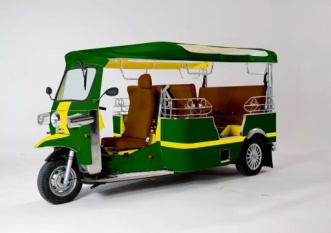 new type of
public transport has been appearing in British cities over the last
few years. They run on natural gas and are called tuk-tuks because
of the sound their engine makes. Each colorful tuk-tuk has its own
individual design on it, such as a Union Jack, and even has a hood
and curtains to keep out the rain and cold. These mini taxis can go
at speeds of up to 56 km per hour, and are a huge hit with both
tourists and locals.
new type of
public transport has been appearing in British cities over the last
few years. They run on natural gas and are called tuk-tuks because
of the sound their engine makes. Each colorful tuk-tuk has its own
individual design on it, such as a Union Jack, and even has a hood
and curtains to keep out the rain and cold. These mini taxis can go
at speeds of up to 56 km per hour, and are a huge hit with both
tourists and locals.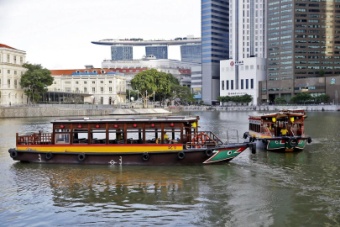 he
authorities in Jakarta, Indonesia, have come up with the clever
idea of making use of the city’s network of rivers and canals for a
new form of public transport-river taxis! As there are also markets
along some of the rivers, you can hop off and do a little shopping
on the way! The authorities hope this service will ease Jakarta’s
terrible traffic problem as there are about 5 million vehicles on
the city’s streets, growing about 10%
yearly.
he
authorities in Jakarta, Indonesia, have come up with the clever
idea of making use of the city’s network of rivers and canals for a
new form of public transport-river taxis! As there are also markets
along some of the rivers, you can hop off and do a little shopping
on the way! The authorities hope this service will ease Jakarta’s
terrible traffic problem as there are about 5 million vehicles on
the city’s streets, growing about 10%
yearly.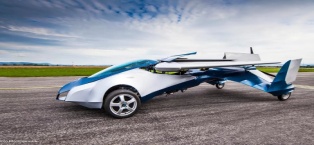 eromobil
eromobil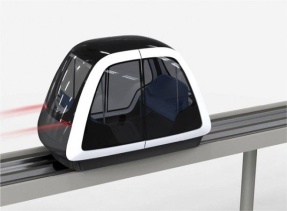 ectus PRT: A user
summons a PRT car, if one is not waiting at the station, and types
in their destination. The PRT takes them (and up to five
passengers) there with no stops along the way, thanks to bypass
tracks at each station. Because the electric cars are lightweight,
the elevated rail structure needed to safely support them is less
expensive than adding a new subway line or elevated roadway for
cars. In the event of an individual car’s breakdown, another PRT
can get behind it and push it to the next station for
repairs.
ectus PRT: A user
summons a PRT car, if one is not waiting at the station, and types
in their destination. The PRT takes them (and up to five
passengers) there with no stops along the way, thanks to bypass
tracks at each station. Because the electric cars are lightweight,
the elevated rail structure needed to safely support them is less
expensive than adding a new subway line or elevated roadway for
cars. In the event of an individual car’s breakdown, another PRT
can get behind it and push it to the next station for
repairs.